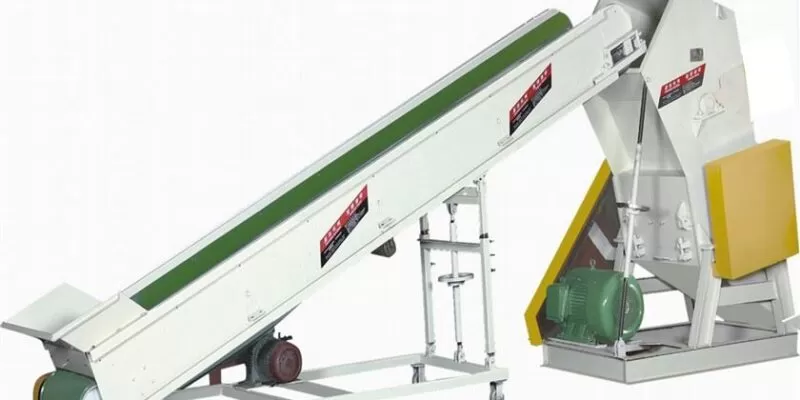Recycling PET bottles is more than just a trend; it’s a necessity in our quest for a sustainable future. As the CEO of Amige, a company at the forefront of plastic recycling technology, I’ve seen firsthand the impact and importance of effective PET bottle recycling.

So, how do we make PET bottle recycling not just efficient but revolutionary? It starts with understanding the process, embracing innovative technologies, and recognizing the pivotal role we play in this global effort.
In this journey, we’ll explore the ins and outs of PET bottle recycling, delving into the methods, challenges, and advancements that define this crucial industry.
Why Is PET Bottle Recycling Crucial?
PET (Polyethylene Terephthalate) bottles are everywhere, from water bottles to packaging materials. But did you know, according to a study, only about 30% of PET bottles are recycled globally? This statistic is alarming, considering the environmental impact of plastic waste.
What Are the Steps in PET Bottle Recycling?
The PET bottle recycling process is a journey from consumer to new product. It involves several key steps:
- Collection: This is where the journey begins. Effective collection systems are vital for successful recycling.
- Sorting: Once collected, PET bottles are sorted from other plastics and contaminants. Advanced sorting technology plays a crucial role here.
- Cleaning: PET bottles must be thoroughly cleaned to remove labels, adhesives, and other residues.
- Shredding: The clean bottles are then shredded into small pieces known as flakes.
How Do We Enhance the Recycling Process?
Innovation is key. At Amige, we constantly explore new technologies to improve the recycling process. For instance, our state-of-the-art plastic shredders and crushers are designed for maximum efficiency and minimal environmental impact.
What Challenges Do We Face in PET Bottle Recycling?
Despite advancements, challenges remain. These include:
- Contamination: Contaminated bottles can derail the recycling process.
- Color Sorting: Different colored PET bottles often need to be recycled separately.
How Can Businesses Contribute to PET Bottle Recycling?
Businesses, especially in the B2B sector, have a unique opportunity to influence recycling practices. By choosing suppliers committed to sustainable practices, companies can make a significant impact. For example, sourcing from factories like ours at Amige, where sustainability is a core value, can drive industry-wide change.
What Does the Future Hold for PET Bottle Recycling?
The future is bright but requires concerted effort. With continued technological advancements and increased global awareness, we can significantly improve the recycling rates of PET bottles.
Conclusion
Revolutionizing PET bottle recycling is a collective journey. It demands innovation, commitment, and collaboration. As we continue to lead in this space, we invite you to join us in making a lasting impact on our planet. Let’s recycle, innovate, and inspire together.
